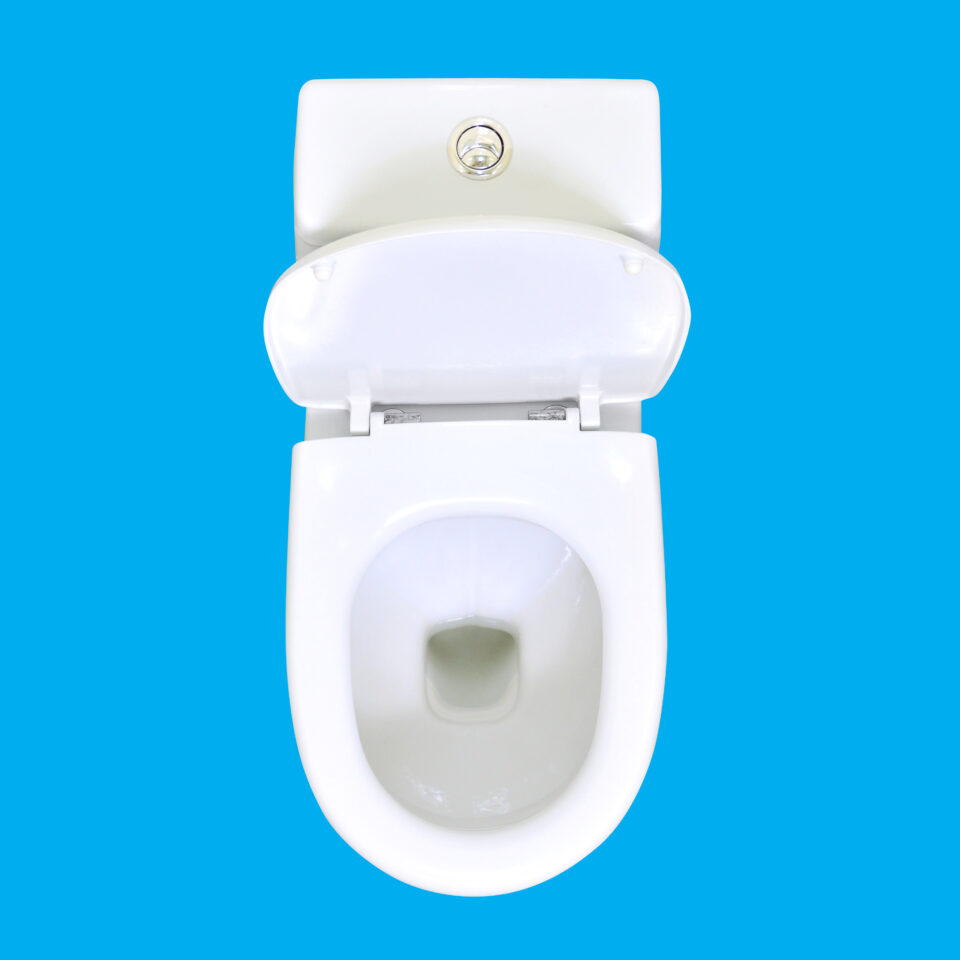Breadcrumb
UI research suggests toilet flushing spreads C. diff in hospital bathrooms
Published on February 26, 2020
Recent University of Iowa research suggests that an everyday occurrence–flushing a toilet–may play an important role in the spread of the most common hospital-acquired infection in the United States.
Clostridioides difficile infection affects nearly half a million people and causes about 15,000 deaths annually, according to the Centers for Disease Control and Prevention.
The UI researchers, led by former epidemiology doctoral student Geneva Wilson, collected samples from the bathrooms of 24 patients with C. difficile infections at the University of Iowa Hospitals and Clinics in Iowa City. Air samples were collected for 20 minutes before and 20 minutes after flushing.
Of 72 samples collected before toilet flushing, 13 percent tested positive for healthcare-associated bacteria, such as Enterococcus faecalis, Enterococcus faecium, and C. difficile. After flushing, 26 percent of samples tested positive.
“We concluded that bioaerosols produced by toilet flushing potentially contribute to hospital environmental contamination,” says Wilson, now a researcher at the Edward Hines Jr. VA Hospital in Hines, Illinois. “Further work is needed to determine the potential risk for infection this contamination presents to patients”
The findings were published in the journal Infection Control & Hospital Epidemiology. The UI research team also included Virgil Jackson, Christine Petersen, Patrick Breheny, and Matthew Nonnenmann from the College of Public Health, and Linda Boyken, Marin Schweizer, Daniel Diekema, and Eli Perencevich from the Carver College of Medicine. This study was supported by grants from the CDC Epicenters Program as well as the University of Iowa Heartland Center for Occupational Health and Safety.
